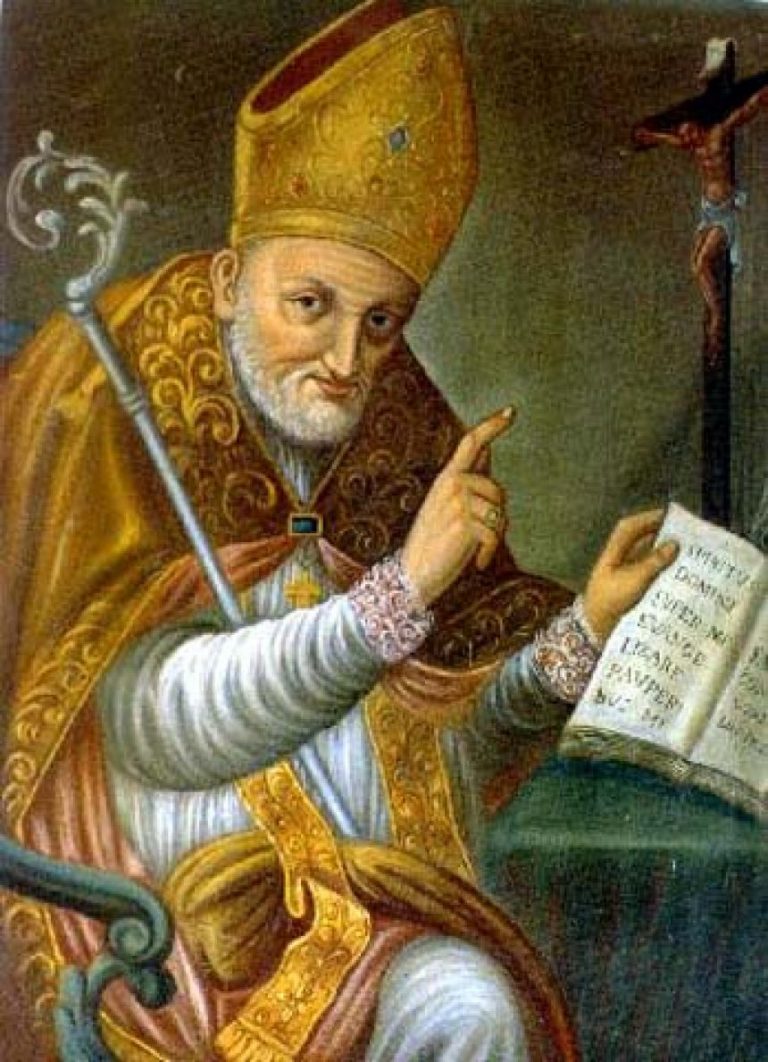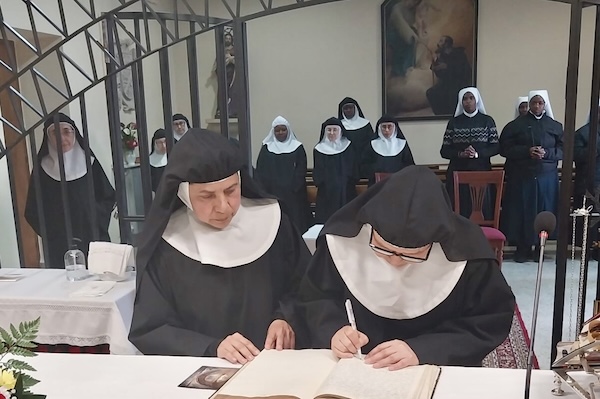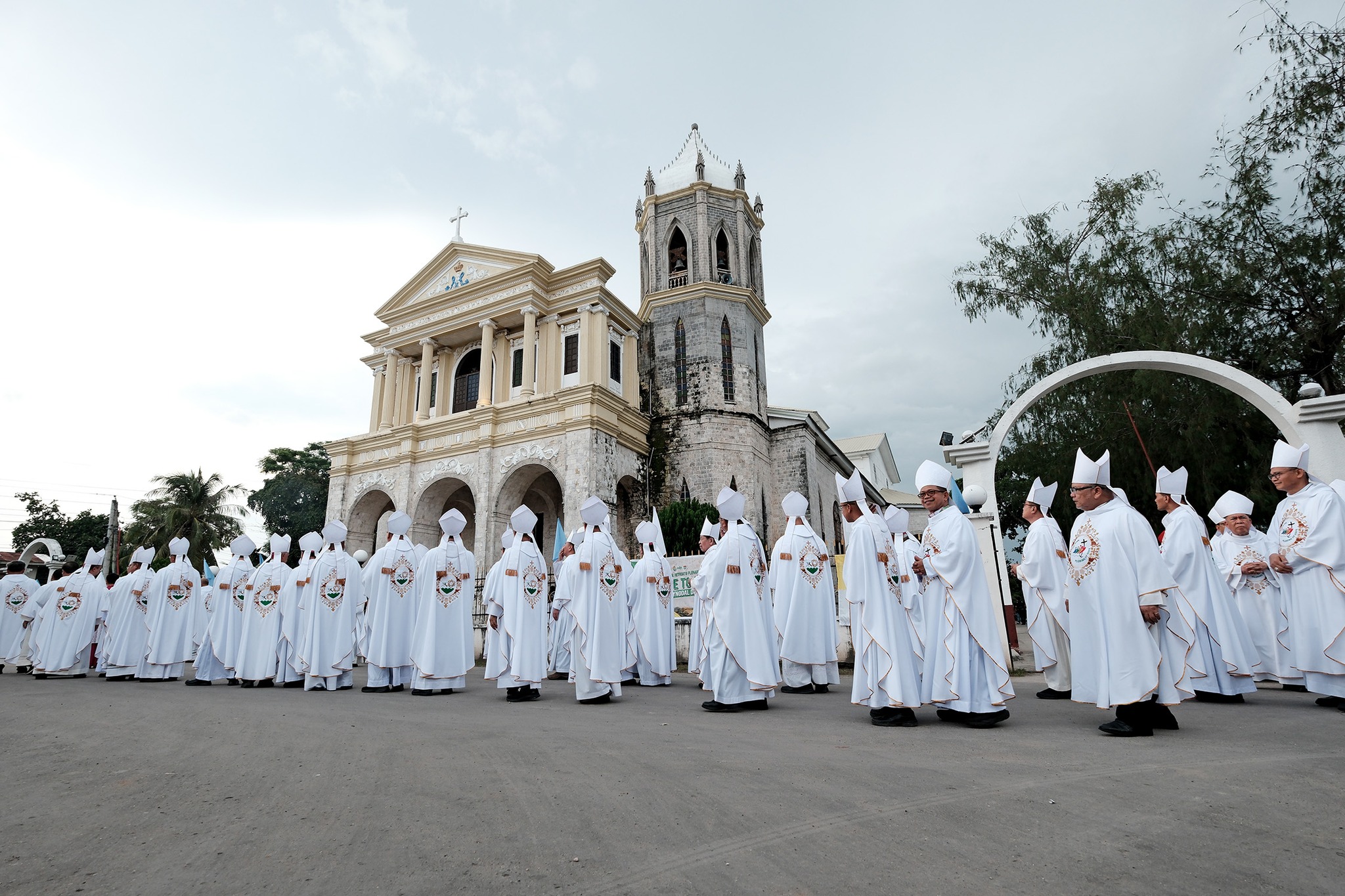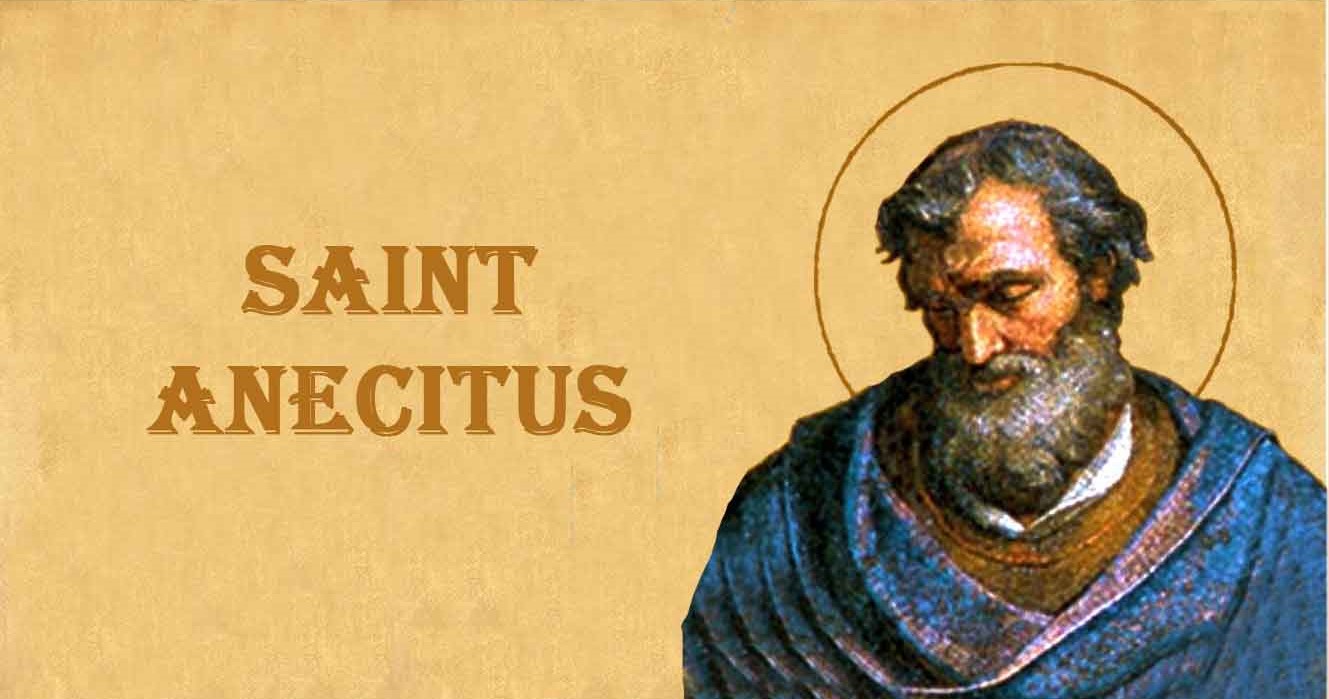Rev. José Mario O. Mandía
jmom.honlam.org
From France, we now move to Sardinia in Italy, where Eusebius of Vercelli was born of a noble family, probably around 283. After his father was martyred, his mother brought him with her to Rome. He kept his faith and was made a lector. He was highly esteemed and in 345, he was chosen as bishop of Vercelli, in northern Italy. Since many had not yet embraced the faith there, he carried out a lot of evangelizing work.
Saint Eusebius was inspired by Saint Athanasius, especially his work Life of Saint Anthony (cf. Church Fathers 24) and this led him to start a priestly community in his diocese which followed the lifestyle of a monastic community.
“According to the testimony of St Ambrose (Letter 63, Ad Vercellenses) he was the first bishop of the West who united monastic with clerical life. He led with the clergy of his city a common life modeled upon that of the Eastern cenobites (St Ambrose, Letter 81 and Sermon 89). For this reason, the Canons Regular of St Augustine honor him along with St Augustine as their founder (Proprium Canon. Reg., 16 December)” (Ott, Michael. “St Eusebius.” The Catholic Encyclopedia. Vol. 5. http://www.newadvent.org/cathen/05614b.htm) Cenobitic (or coenobitic) monasticism is a monastic tradition that stresses community life. A group of monks living in community is often referred to as a ‘cenobium.’
Pope Benedict XVI noted that with “his sound formation in the Nicene faith, Eusebius did his utmost to defend the full divinity of Jesus Christ, defined by the Nicene Creed as ‘of one being with the Father.’ To this end, he allied himself with the great Fathers of the fourth century – especially St Athanasius, the standard bearer of Nicene orthodoxy – against the philo-Arian policies of the Emperor” (General Audience, 17 October 2007).
His firm stand against Arianism placed Eusebius at odds with the Emperor Constantius II (337-361), who saw Arianism as a useful political tool. Just like Hilary, Eusebius refused to heed the Emperor’s command to condemn Athanasius and so, just like many other Bishops of both East and West (such as Athanasius, Hilary of Poitiers and Hosius of Cordoba), Eusebius was sent to exile.
But like Hilary (cf. Church Fathers 31), his time in exile did not go to waste. Indeed, a willing person always finds opportunities to do what needs to be done. “In Scythopolis, Palestine, to which he was exiled between 355 and 360, Eusebius wrote a marvelous account of his life. Here too, he founded a monastic community with a small group of disciples. It was also from here that he attended to his correspondence with his faithful in Piedmont, as can be seen in the second of the three Letters of Eusebius recognized as authentic. Later, after 360, Eusebius was exiled to Cappadocia and Thebais, where he suffered serious physical ill-treatment” (General Audience, 17 October 2007).
After the death of Constantius II in 361, Eusebius was allowed to go back to his See. The following year, Athanasius invited him to take part in the Council of Alexandria where it was decided to pardon the Arian Bishops but with the condition that they return to the secular state. Eusebius was able to carry out his episcopal ministry until he died in 371.
“Saint Eusebius is remembered today not only as a staunch defender of the true nature of Christ but also as a holy pastor who bravely endured exile and much suffering for his faith. For this reason, he is considered one of the great confessors of the early Church. During his lifetime, he ministered among some of the other great confessors of the Church—a ‘confessor’ being one who suffered for the faith but did not endure martyrdom. These included Saint Athanasius of Alexandria, Saint Basil the Great, Saint Gregory of Nazianzus, Saint Gregory of Nyssa, Saint Hilary of Poitiers, and Saint Ambrose of Milan” (https://mycatholic.life/saints/saints-of-the-liturgical-year/august-2-saint-eusebius-of-vercelli-bishop/).


 Follow
Follow


